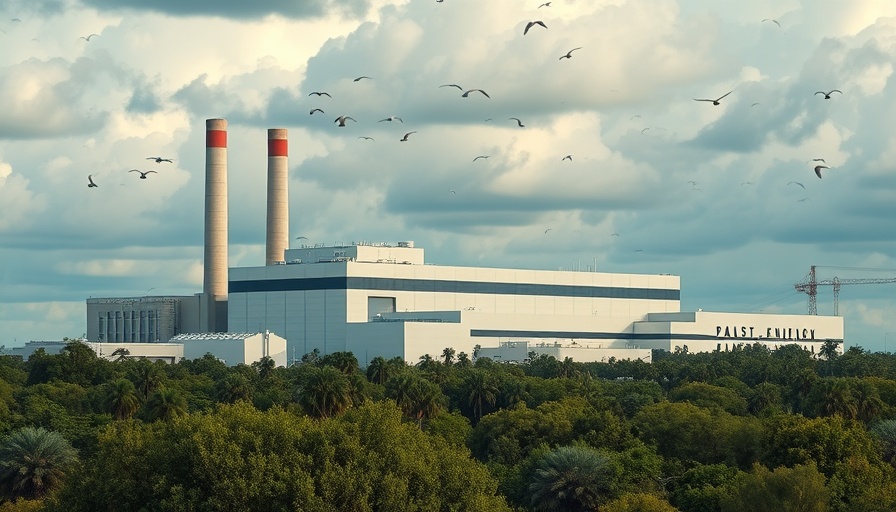
Hilton’s Ambitious Expansion in Georgia: Signia by Hilton Savannah
In a bold move to amplify its presence in Georgia, Hilton has officially broken ground on the Signia by Hilton Savannah, a convention hotel tailored specifically for the bustling meeting and event sector. Slated for completion in mid-2028, this 444-room establishment is strategically located adjacent to the Savannah Convention Center, enhancing the city's appeal as a prime destination for conventions and group meetings.
Connecting to Local Heritage: A Meeting Space Like No Other
The design of Signia by Hilton Savannah promises to meld modern sophistication with elements inspired by the local Low Country architecture. The hotel will boast over 34,000 square feet of meeting space, including a 13,000-square-foot ballroom, aimed at accommodating large groups and events. This dedication to fostering a community-driven atmosphere speaks volumes about Hilton's commitment to not just creating spaces, but also cultivating economic growth and tourism in Savannah.
Enhancing Savannah’s Convention Landscape
The impending launch of the Signia by Hilton Savannah is expected to play a crucial role in augmenting the Savannah Convention Center’s capacity. Mark Smith, Chairman of the Savannah-Georgia Convention Center Authority (SGCCA), highlighted that the new hotel will enable the convention center to perform at maximum capacity while also benefiting the local tourism industry. This project aligns with recent expansions at the convention center itself, which has picked up momentum in recent years to accommodate a growing number of events and visitors.
Anticipated Economic Impact
As Savannah positions itself as a leading destination for conventions, the new Signia hotel is projected to stimulate economic activity and job creation. The development will not only enhance local employment opportunities but also create a ripple effect across related sectors, including hospitality, transportation, and retail. As emphasized by Amy King, Hilton’s Vice President of Luxury and Mixed-Use Development, the introduction of this convention hotel marks a significant milestone in Hilton's growth strategy in the South.
The Strategic Role of Hospitality in Revitalizing a Region
The hotel aims to serve not only visitors but also the local community, offering access to five food and beverage outlets, recreational amenities like an outdoor pool, and wellness programs. The overall experience promises to cater to both business and leisure travelers, blending luxury with practicality, thereby contributing to Savannah's reputation as a historic yet vibrant locale.
Future Visions: Opportunities for Growth and Innovation
Looking ahead, the Signia by Hilton Savannah is more than just a hotel; it represents a strategic initiative by Hilton to innovate within the hospitality space. As the company looks to expand into other urban markets around the U.S., including Indianapolis and San Antonio, the Savannah project showcases a tailored approach to hotel development that meets the specific demands of modern travelers—particularly those attending conferences and large-scale events.
Conclusion: Embrace the Change, Seize the Opportunity
In conclusion, Hilton’s investment in the Signia by Hilton Savannah stands as a testament to the importance of adapting to evolving market demands. For business owners, property developers, and facility managers, this development signifies an opportunity to rethink strategies around event planning and collaboration with hotel services. As this project unfolds, staying updated on its progress may unveil valuable insights into successful conventions and business practices. Engage with the evolving landscape of Savannah's hospitality sector and consider the implications for your own ventures.
 Add Row
Add Row  Add
Add 




Write A Comment